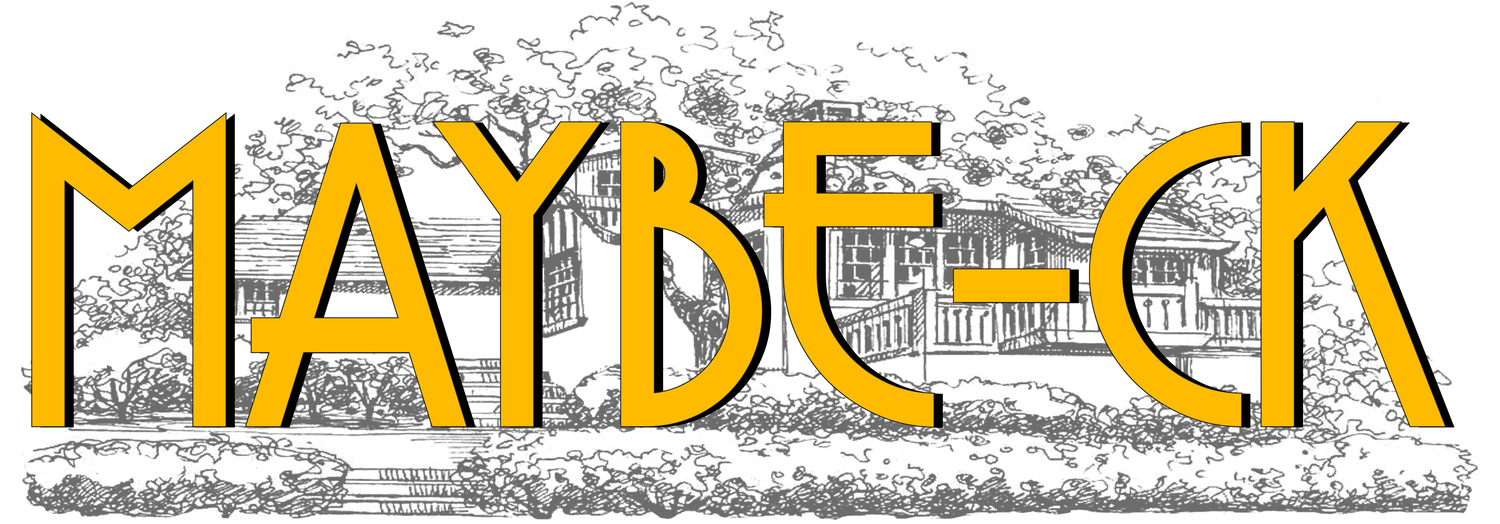I used expensive white grout. Traditional grout is water permeable. That means bacteria and mold can get into your grout because they have water and food - your body oils and dead skin.
Traditionally this was prevented with a tile sealer, which is basically a fine oil clearcoat. The oil finish is soaked up by the grout (and stone surface of natural stone tiles) and repels water, directing it down to the drain. You want the tiles, thin-set mortar and grout bone dry or the water behind the tiles will create hairline cracks when it escapes and the materials contract.
Over time, cracking is inevitable because of the expansion and contraction of materials by the changing of temperature and moisture of day and night and through the seasons. Oil finishes have some ability to stretch, but over time they become very tight and hard as they change in chemistry and eventually like sap they become brittle too.
If you are diligent about keeping your bathroom clean and sealing the grout every 10-15 years, you can avoid complete failure for a century. It is inevitable. However the ubiquitous use of bath fans in modern times has helped moderate changes in moisture. I think every bathroom should have a fan for moisture and odor.
Modern materials have come to the rescue to solve this age old problem. Grouts resembling plastic in texture in cured form have come onto the market which are extremely durable and water repellent throughout. First of this kind was epoxy grout, which is very effective but a sticky mess to install. Everything used to wipe it up essentially has to be thrown away.
The cool new thing is urethane grout. Like urethane or acrylic paint, it is water soluble until it cures, then it is as durable or better than oil paint. I'm a big fan of Zinser BULLSEYE 1-2-3 primer for its amazing sealing and priming properties. This "Fusion Pro - Single Component Grout" is very similar in smell and physical characteristics to the Zinser primer but thicker with lots of sand thrown in. The Fusion Pro grout could possibly be a Zinser primer type product with sand thrown in for texture. The Fusion grout at $55 for a gallon is expensive - enough for a tub to ceiling 4x4 tile 3-wall surround - but worth it's money if it outlasts a small bag of traditional grout at $15 for even 5 years. I wonder how Zinser at $20 something for a single gallon with fine sand added would perform. If it matched the performance of the Fusion grout - hey you could make $25/gal just by pouring sand into paint! There's a money making idea!
Looks like I'm rambling again. The short story is if you want white grout, which I think is beautiful looking, you should probably spend money on fancy urethane type grout.


















































